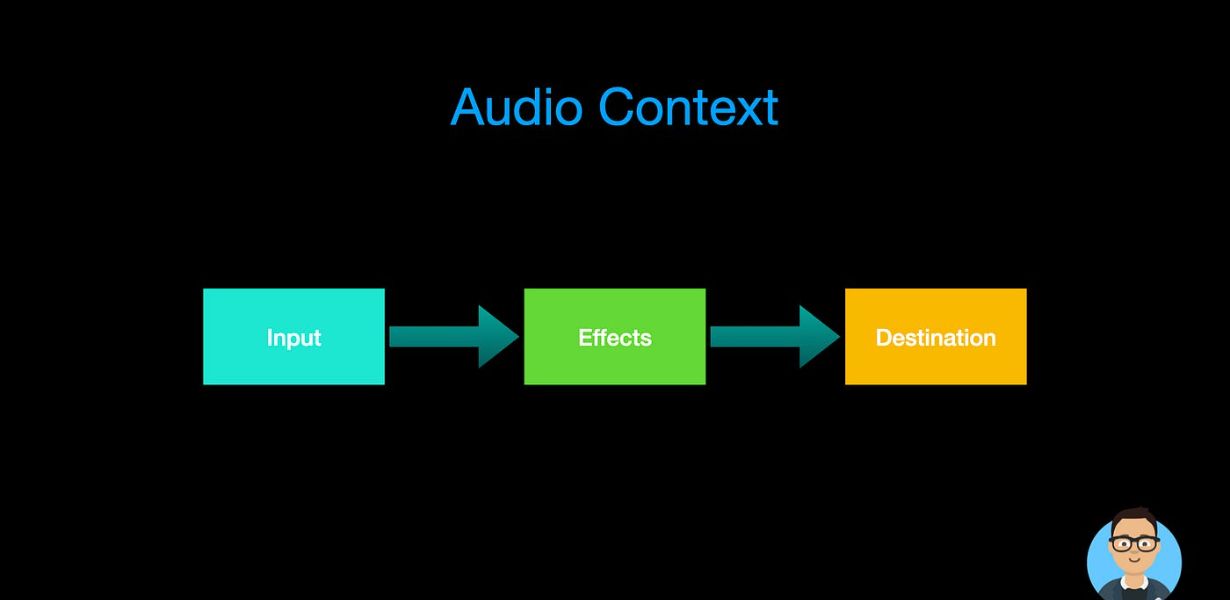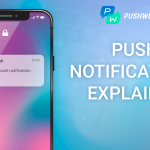
Web Audio API Explored: Navigating the Latest Web MIDI Integration and Its Implications
- Post
- August 8, 2023
- Web APIs, Web Audio API, Web Technologies
- 0 Comments
In today’s digital age, the synergy between web technologies and audio capabilities has opened new dimensions for interactive and immersive experiences. The Web Audio API, a powerful and versatile tool, has taken center stage in enabling developers to craft dynamic audio applications directly within web browsers. This article delves into the realm of the Web Audio API, with a particular focus on the cutting-edge Web MIDI integration and its wide-ranging implications for the digital landscape.
Understanding the Web Audio API Landscape
Unveiling the Web Audio API
The Web Audio API serves as a foundational technology that empowers developers to manipulate audio sources, apply effects, and create intricate soundscapes, all through a standardized web interface. This powerful tool has democratized audio processing, making it accessible to a broader range of developers, from audio enthusiasts to game designers.
The Building Blocks of Web Audio
To comprehend the depth of the Web Audio API, one must grasp its fundamental components:
- Audio Context: The core of the API, responsible for audio node creation and management.
- Audio Nodes: These modules process and manipulate audio data, with options ranging from source nodes to gain nodes and more.
- Audio Sources: WAV, MP3, and other formats can be utilized as sources, feeding into the audio pipeline.
- Audio Effects: Developers can apply an array of effects, such as reverb, distortion, and delay, to enhance audio output.
The Web MIDI Integration Revolution
Convergence of Web Audio and MIDI
The integration of the Web MIDI API with the Web Audio API has unlocked a world of possibilities by bridging the gap between traditional musical instruments and web applications. MIDI, which stands for Musical Instrument Digital Interface, has long been a staple in music production. Now, this integration enables seamless communication between MIDI controllers and web applications, creating unprecedented potential for interactive music experiences.
Real-time Interaction and Creativity
The marriage of Web Audio and MIDI empowers musicians, composers, and developers to craft interactive music applications that respond in real time to user input. Imagine a virtual piano that can be played using a physical MIDI keyboard, or a web-based synthesizer that reacts dynamically to a user’s gestures. This convergence shatters barriers, as musicians can perform and experiment within their browsers, erasing geographical constraints.
The Implications for Creativity and User Experience
Elevating Interactive Experiences
The fusion of Web Audio and MIDI not only empowers music professionals but also amplifies the creative potential of web developers. By integrating audio and MIDI functionalities into web apps, developers can create immersive educational tools, interactive storytelling experiences, and engaging games that harness the emotive power of sound. This integration opens avenues for unconventional user experiences that resonate deeply.
Pushing the Boundaries of E-Learning
The marriage of Web Audio and MIDI has profound implications for e-learning. Imagine virtual music lessons that respond to a student’s performance in real time or history lessons that use audio cues to transport learners to different eras. By leveraging the interactive nature of this integration, educators can create more engaging and impactful digital learning environments.
Commonly Asked Questions
Q1: What is the Web Audio API?
A1: The Web Audio API is a powerful tool that allows developers to manipulate audio sources and create dynamic soundscapes directly within web browsers.
Q2: How does the Web MIDI integration work?
A2: The Web MIDI integration bridges the gap between MIDI controllers and web applications, enabling real-time communication for interactive music experiences.
Q3: What are some practical applications of this integration?
A3: This integration can be used to create interactive music applications, virtual instruments, immersive e-learning tools, and engaging games.
Q4: Do I need specialized hardware to use Web MIDI?
A4: While MIDI controllers enhance the experience, you can experiment with virtual MIDI devices and software solutions to explore the integration’s potential.
Q5: Is the Web Audio API supported on all browsers?
A5: While browser support has improved, it’s essential to check compatibility. Modern browsers generally offer robust support for the Web Audio API.
Final Words
The fusion of the Web Audio API and MIDI integration has ushered in a new era of digital creativity and interactivity. From interactive music experiences that respond to the gentlest touch to immersive educational tools that make history come alive, the possibilities are limitless. As developers continue to harness the potential of this technology, we can anticipate a digital landscape that resonates with the harmonious blend of sound, creativity, and innovation.




